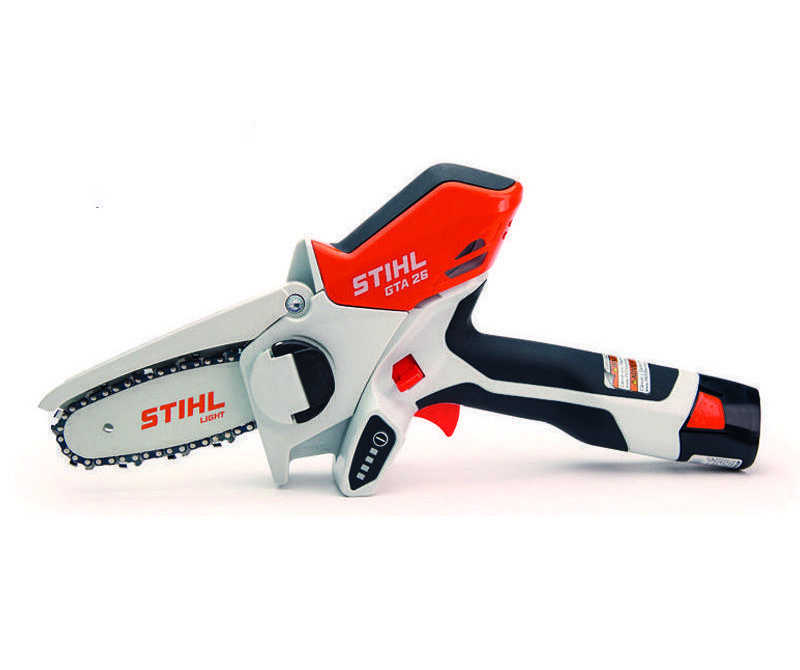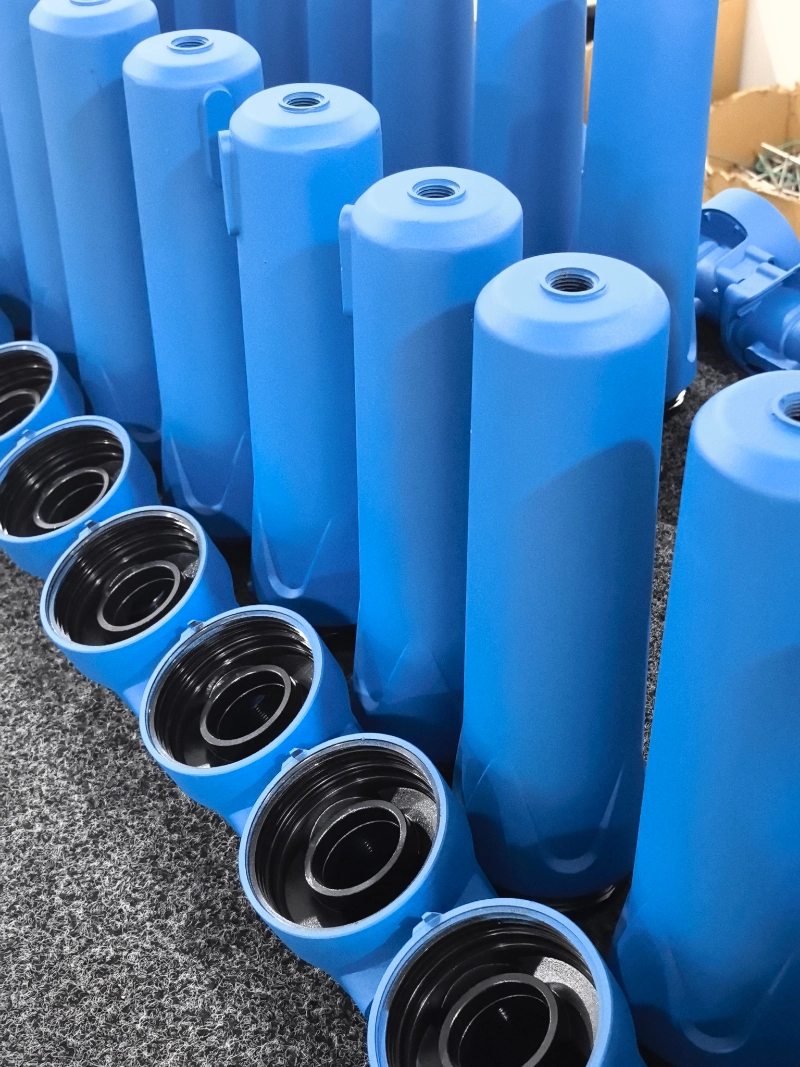Extending Sharpness: How Many Times Can a Chainsaw Chain Be Sharpened?
3 min read
Maintaining a sharp chainsaw chain is essential for efficient cutting performance and safety. However, every sharpening session removes a portion of the chain's material, leading to eventual wear and reduced lifespan. In this article, we'll explore the factors that influence the number of times a chainsaw chain can be sharpened and provide practical tips for maximizing its longevity.
1. Chain Quality and Material:
- Hardness and Durability: The quality of the chain material significantly impacts how many times it can be sharpened. Chains made from high-quality steel alloys tend to have greater hardness and durability, allowing for more sharpening cycles before replacement is necessary.
- Manufacturing Standards: Chains manufactured to high-quality standards undergo precise heat treatment processes, enhancing their hardness and resistance to wear. Chains from reputable brands often meet these standards and can withstand multiple sharpening sessions without compromising performance.
2. Maintenance Practices:
- Regular Maintenance: Proper maintenance, including routine cleaning, tension adjustment, and lubrication, can prolong the lifespan of a chainsaw chain and extend the interval between sharpenings. By keeping the chain clean and well-lubricated, you can minimize wear and tear during cutting operations.
- Timely Sharpening: Sharpening the chainsaw chain before it becomes excessively dull or damaged can help preserve its cutting edge and prevent the need for aggressive sharpening techniques. Regularly inspect the chain for signs of wear and sharpen it as needed to maintain optimal cutting performance.
3. Sharpening Techniques:
- Correct Angle and Depth: Sharpening the chainsaw chain at the correct angle and depth ensures uniform cutting teeth and prolongs the chain's lifespan. Using a sharpening tool or file guide designed for chainsaw chains can help maintain consistency and accuracy during sharpening sessions.
- Avoid Over-Sharpening: Over-sharpening the chainsaw chain by removing excessive material can weaken the cutting teeth and reduce their effectiveness. Follow manufacturer guidelines or consult with a professional to determine the appropriate sharpening frequency and technique for your chainsaw chain.
4. Environmental Factors:
- Cutting Conditions: Operating the chainsaw in harsh or abrasive cutting conditions, such as cutting through dirt, rocks, or frozen wood, can accelerate chain wear and necessitate more frequent sharpening. Whenever possible, avoid cutting in abrasive environments to preserve the chain's sharpness.
- Proper Chain Tension: Maintaining proper chain tension during operation helps minimize wear and prolong the lifespan of the chainsaw chain. Loose or improperly tensioned chains can increase friction and heat generation, leading to premature wear and necessitating more frequent sharpening.
5. Replacement Considerations:
- Signs of Wear: Eventually, even with proper maintenance and sharpening, chainsaw chains will reach a point where replacement is necessary. Signs of excessive wear include uneven cutting, frequent chain derailment, and reduced cutting efficiency despite sharpening.
- Safety Concerns: Using a worn or damaged chainsaw chain compromises cutting safety and increases the risk of accidents or kickback. As a general guideline, consider replacing the chainsaw chain when it no longer responds to sharpening or exhibits signs of significant wear, regardless of the number of sharpening cycles.
Conclusion:
In conclusion, the number of times a chainsaw chain can be sharpened depends on factors such as chain quality, maintenance practices, sharpening techniques, environmental conditions, and signs of wear. By following proper maintenance procedures, sharpening techniques, and replacement considerations, you can maximize the lifespan of your chainsaw chain and ensure optimal cutting performance while prioritizing safety.

